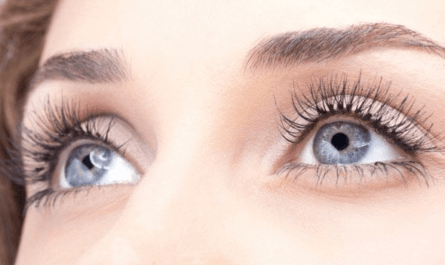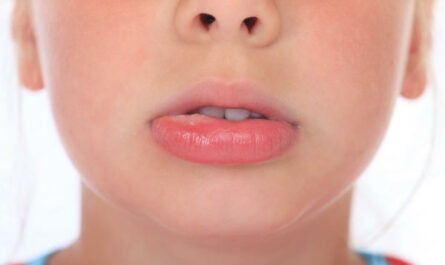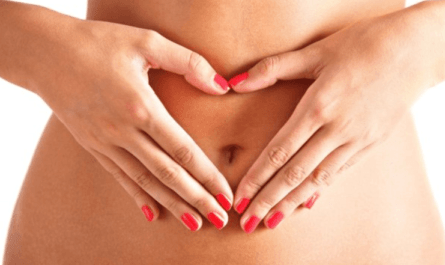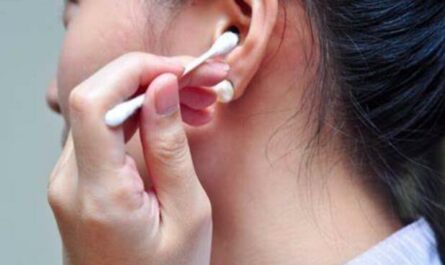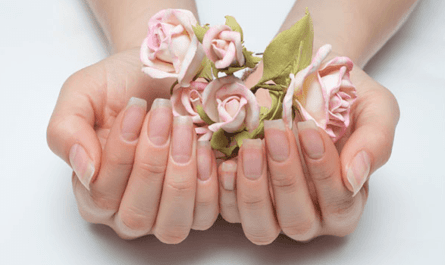Having a bright and beautiful smile is something that many people desire. However, the natural color of our teeth can be affected by various factors, such as aging, certain foods and beverages, smoking, and poor oral hygiene. While there are numerous teeth whitening products available on the market, some people prefer to explore natural remedies for a brighter smile. This article will discuss 14 natural remedies to whiten teeth, providing safe and effective options to enhance your dental aesthetics.
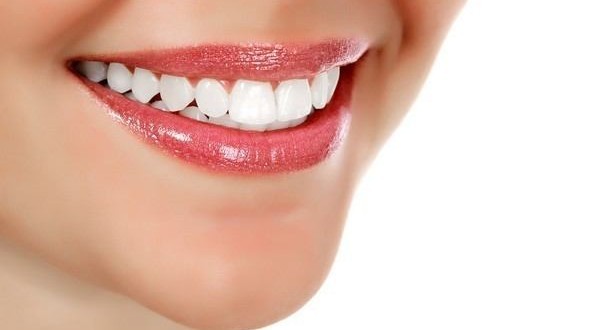
How to Whiten Your Teeth:14 Natural Remedies
1. Baking Soda and Lemon Juice
Baking soda, also known as sodium bicarbonate, is a mild abrasive that helps remove surface stains from teeth. Lemon juice contains citric acid, which has natural bleaching properties. When combined, these two ingredients create a powerful teeth-whitening paste. The alkaline nature of baking soda helps neutralize the acidity of lemon juice, making it safe for use on teeth.
- Mix equal parts of baking soda and lemon juice to form a paste.
- Using a toothbrush or your fingers, apply the paste to your teeth.
- Leave the paste on for a minute or two to allow the ingredients to work.
- Rinse your mouth thoroughly with water to remove the paste.
2. Coconut Oil Pulling
Coconut oil pulling is an ancient Ayurvedic technique that involves swishing oil in your mouth to improve oral health. The lauric acid in coconut oil has antimicrobial properties that help reduce bacteria and plaque, leading to whiter teeth over time.
- Take a tablespoon of coconut oil and put it in your mouth.
- Swish the oil around your mouth for approximately 15 minutes, ensuring it reaches all corners.
- Spit the oil into a trash can (avoid spitting into sinks or drains, as it can clog them).
- Rinse your mouth thoroughly with water.
3. Strawberries and Baking Soda
Strawberries contain malic acid, which acts as a natural teeth whitener. Combined with baking soda, it forms a paste that helps remove surface stains and brighten your smile.
- Mash a ripe strawberry in a bowl.
- Add half a teaspoon of baking soda to the mashed strawberry and mix well to create a paste.
- Using a toothbrush or your fingers, apply the paste to your teeth.
- Leave the paste on for five minutes to allow the malic acid to work.
- Rinse your mouth thoroughly with water to remove any residue.
4. Apple Cider Vinegar
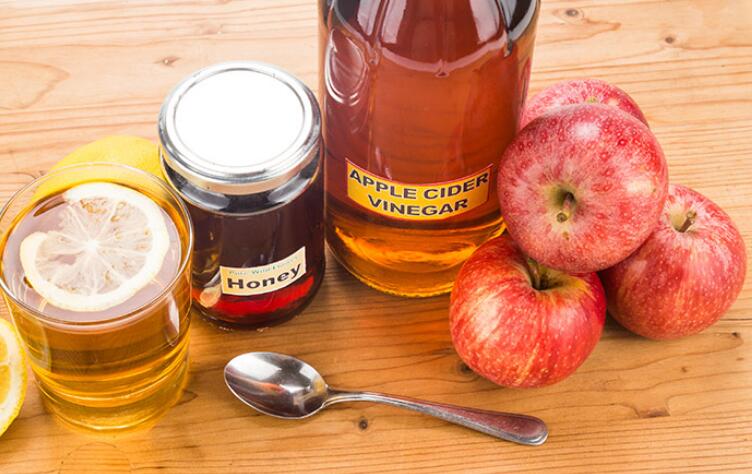
Apple cider vinegar has been used for centuries as a natural remedy for various health conditions, including teeth whitening. Its high acidity helps remove stains from teeth, but it should be used cautiously to prevent enamel erosion.
- Dilute one part of apple cider vinegar with two parts of water.
- Swish the mixture around your mouth for a few minutes, ensuring it reaches all areas.
- Spit out the mixture and rinse your mouth thoroughly with water.
- Avoid using apple cider vinegar more than once weekly to protect your tooth enamel.
5. Orange Peel
The inside of an orange peel contains d-limonene, a natural compound with teeth-whitening properties. Rubbing the inside of an orange peel on your teeth helps remove stains and brighten your smile.
- Take an orange peel and remove the fruit.
- Rub the inside of the peel on your teeth for a couple of minutes.
- Rinse your mouth thoroughly with water to remove any residue.
6. Activated Charcoal
Activated charcoal is a highly porous substance that can effectively absorb stains and toxins, making it a popular choice for natural teeth whitening. It works by binding to substances on the teeth, such as coffee, tea, or wine stains, and lifting them away.
- Wet your toothbrush.
- Dip the wet toothbrush into activated charcoal powder.
- Gently brush your teeth for two minutes, ensuring all surfaces are covered.
- Rinse your mouth thoroughly to remove any charcoal residue.
- Be cautious; activated charcoal can be messy and stain your sink or clothes.
7. Oil Pulling with Sesame Oil
Sesame oil pulling is an effective Ayurvedic practice for oral health and teeth whitening. The oil acts as a natural cleanser, removing bacteria and toxins from the mouth.
- Take a tablespoon of sesame oil and put it in your mouth.
- Swish the oil around your mouth for 15-20 minutes, ensuring it reaches all areas.
- Spit out the oil into a trash can.
- Rinse your mouth thoroughly with water.
8. Hydrogen Peroxide
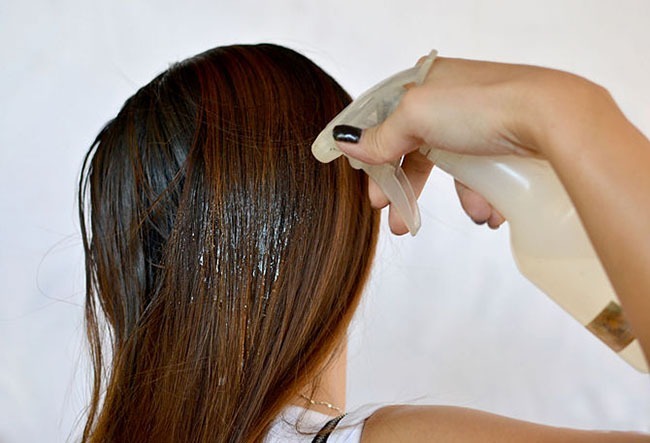
Hydrogen peroxide is a common ingredient in many teeth-whitening products. It is a bleaching agent that can effectively remove stains and whiten teeth.
- Mix equal parts of hydrogen peroxide and water to create a mouthwash.
- Swish the mixture in your mouth for a minute, avoiding swallowing it.
- Spit out the mixture and rinse your mouth thoroughly.
- Use hydrogen peroxide in moderation to prevent tooth sensitivity.
9. Banana Peel
Banana peel contains minerals such as potassium, magnesium, and manganese, which help remove surface stains from teeth and promote oral health.
- Take a ripe banana and peel it.
- Rub the inside of the banana peel on your teeth for a couple of minutes.
- Rinse your mouth thoroughly to remove any residue.
- Repeat this process daily for a few weeks to see visible results.
10. Brushing with Turmeric
Turmeric, a natural spice, has anti-inflammatory and antimicrobial properties. Its abrasive nature helps remove stains from teeth and promotes oral health.
- Wet your toothbrush.
- Dip the wet toothbrush into turmeric powder.
- Gently brush your teeth for a minute, ensuring all surfaces are covered.
- Rinse your mouth thoroughly to remove any yellow residue.
- Be cautious, as turmeric can stain clothes and surfaces.
11. Eating Crunchy Fruits and Vegetables
Crunchy fruits and vegetables, such as apples, carrots, and celery, act as natural toothbrushes. Their crisp texture helps scrub away surface stains from teeth while stimulating saliva production, which aids in neutralizing harmful acids in the mouth.
- Incorporate crunchy fruits like apples and vegetables like carrots and celery into your daily diet.
- Chew them thoroughly, allowing their natural fibers to clean your teeth as you eat.
- Rinse your mouth with water afterward to remove residual sugars or acids.
12. Whitening Toothpaste
A whitening toothpaste containing natural ingredients like baking soda, hydrogen peroxide, or activated charcoal can help you achieve a brighter smile. These toothpastes help remove surface stains and prevent the buildup of plaque and tartar.
- Apply a pea-sized amount of whitening toothpaste to your toothbrush.
- Brush your teeth thoroughly for two minutes, making sure to cover all surfaces.
- Rinse your mouth thoroughly with water.
- Use the whitening toothpaste at least twice a day for best results.
13. Limiting Stain-Causing Foods and Beverages
Certain foods and beverages can stain your teeth, making them dull or yellowish. Limiting your consumption of these stain-causing substances can prevent further discoloration of your teeth.
- Reduce your intake of coffee, tea, red wine, dark berries, and other foods and drinks known to stain teeth.
- If you consume them, rinse your mouth with water afterward to minimize the potential for staining.
- Brush your teeth 30 minutes after consuming stain-causing substances to prevent further discoloration.
14. Maintaining Good Oral Hygiene
Practicing good oral hygiene is crucial for keeping your teeth white and healthy. Regular brushing, flossing, and mouthwash can help remove plaque, prevent stains, and maintain oral health.
- Brush your teeth at least twice daily using a soft-bristled toothbrush and fluoride toothpaste.
- Floss daily to remove plaque and food particles from between your teeth.
- Rinse your mouth with an ADA-approved mouthwash to kill bacteria and freshen your breath.
- Visit your dentist for regular check-ups and professional cleanings every six months.
Professional Whitening Teeth Methods
1. In-Office Teeth Whitening
In-office teeth whitening is a popular professional method that yields remarkable results in a short time. A dental professional applies a whitening gel containing hydrogen peroxide to your teeth during this procedure.
The gel is activated using a specialized light or laser, accelerating the whitening process. This method is known for its immediate and dramatic effects. This makes it a preferred choice for individuals seeking quick results.
2. Take-Home Whitening Kits
Take-home whitening kits are another effective option for achieving a brighter smile. These kits consist of custom-fitted trays that are filled with a whitening gel. You can wear these trays for a specified duration daily. While it may take a few weeks to see significant results, this method offers convenience and affordability.
3. Porcelain Veneers
Porcelain veneers are a versatile cosmetic dentistry solution that enhances the color of your teeth and improves their shape and appearance. These thin porcelain shells are custom-made to fit over the front surface of your teeth.
This will provide a natural-looking and long-lasting result. Veneers are an excellent choice for individuals with deeply stained teeth.
4. Laser Teeth Whitening
Laser teeth whitening is a cutting-edge method that utilizes laser technology to enhance the whiteness of your teeth. The procedure begins with the application of a whitening gel containing hydrogen peroxide.
A laser is then used to activate the gel, allowing it to penetrate the tooth enamel and remove deep stains effectively. Laser teeth whitening is known for its precision and ability to quickly provide impressive results.
Frequently Asked Questions
1. Are these teeth whitening remedies safe to use?
Yes, most teeth whitening remedies mentioned in this article are safe. However, it’s important to use them in moderation and follow the instructions carefully. If you have any underlying dental conditions or concerns, it’s best to consult your dentist before trying whitening remedies.
2. How long does it take to see results with these remedies?
The time it takes to see results can vary depending on the method and individual factors. Some remedies may provide noticeable results after a few applications, while others may take several weeks. Patience and consistency are key when it comes to teeth whitening.
3. Can teeth whitening cause sensitivity?
Some teeth whitening methods, particularly bleaching agents, can cause temporary tooth sensitivity. However, this sensitivity is usually mild and subsides after the treatment. If you experience prolonged or severe sensitivity, it’s advisable to consult your dentist.
4. Can I whiten my teeth if I have dental restorations, such as fillings or crowns?
Teeth whitening treatments generally work on natural teeth and may not have the same effect on dental restorations. If you have dental restorations, it’s best to consult your dentist before attempting whitening methods to ensure the best outcome and avoid uneven coloration.
5. How long do the results of professional teeth whitening last?
The duration of teeth whitening results can vary depending on various factors, including lifestyle habits and oral hygiene practices.
Professional teeth whitening results can last anywhere from a few months to a few years. Maintaining good oral hygiene and avoiding staining substances can help prolong the whitening effects.

